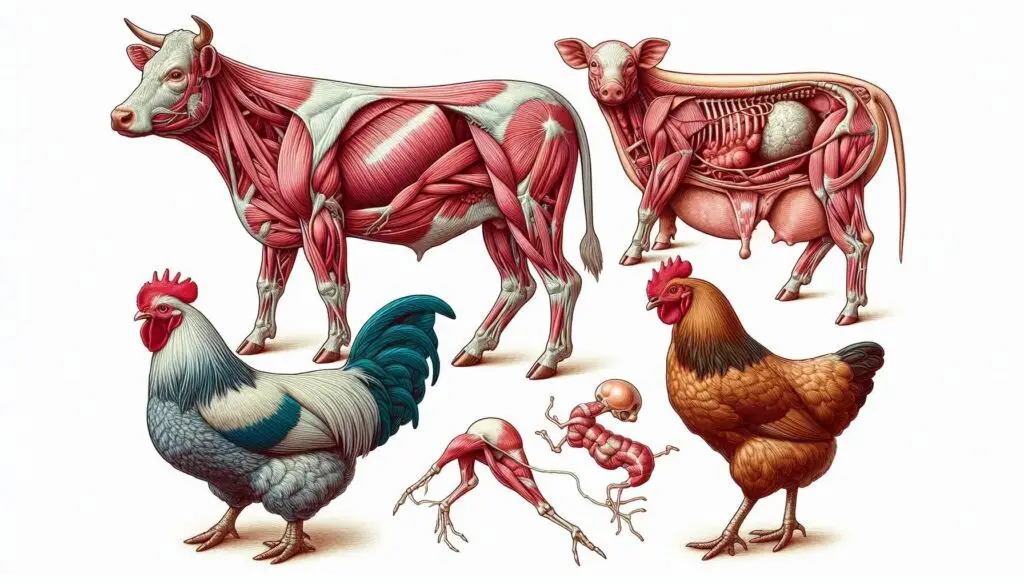Vaginal Overgrowth and Prolapse in Bitches

Introduction
Vaginal overgrowth and prolapse are significant health issues affecting female dogs, particularly those that are intact. These conditions can lead to discomfort and serious complications if not addressed promptly. This article delves into the causes, symptoms, treatment options, and preventive measures for vaginal overgrowth and prolapse in bitches.
Understanding Vaginal Overgrowth
What is Vaginal Overgrowth?
Vaginal overgrowth, also known as vaginal hyperplasia, occurs when there is excessive growth of the vaginal tissue. This condition is primarily influenced by hormonal changes during the estrous cycle. For more details on this condition, visit the MSD Veterinary Manual.
Causes of Vaginal Overgrowth
The primary cause of vaginal hyperplasia is an increase in estrogen levels during the proestrus and estrus phases of the reproductive cycle. According to the MSD Veterinary Manual, this condition can affect up to 10% of bitches. Factors contributing to this condition include:
- Hormonal fluctuations
- Age (most common in young females)
- Genetic predisposition
Symptoms of Vaginal Overgrowth
Bitches with vaginal hyperplasia may exhibit several symptoms:
- Visible mass: A pink or red mass protruding from the vulva.
- Discomfort: Reluctance to breed or engage in normal activities.
- Urinary issues: Difficulty urinating due to pressure from the mass.
If you notice these signs, it’s essential to consult a veterinarian promptly.
Understanding Vaginal Prolapse
What is Vaginal Prolapse?
Vaginal prolapse occurs when part or all of the vaginal wall protrudes through the vulva. This condition can develop from untreated vaginal hyperplasia or occur independently due to hormonal changes.
Causes of Vaginal Prolapse
Similar to hyperplasia, vaginal prolapse is often triggered by elevated estrogen levels. Other contributing factors include:
- Difficulties during labor
- Prolonged straining
- Genetic predisposition
Symptoms of Vaginal Prolapse
Common symptoms include:
- Protruding tissue: A noticeable mass outside the vulva.
- Excessive licking: Dogs may lick the affected area frequently.
- Painful urination: Difficulty or discomfort when urinating.
Recognizing these symptoms early can help prevent further complications.
Diagnosis of Vaginal Overgrowth and Prolapse
Veterinarians typically diagnose these conditions through a physical examination and a review of the dog’s medical history. They may perform additional tests such as:
- Vaginal smears: To assess hormone levels.
- Ultrasound: To check for underlying issues.
For more information on diagnosis methods, you can refer to WagWalking.
Treatment Options
Managing Vaginal Overgrowth
Treatment for vaginal hyperplasia often includes:
- Surgical intervention: Procedures like the Bühner suture technique can help reposition the tissue while allowing urination.
- Hormonal therapy: In some cases, administering gonadotropin-releasing hormone (GnRH) can help manage symptoms.
Managing Vaginal Prolapse
For vaginal prolapse, treatment options may include:
- Surgical correction: Surgical techniques can reposition or remove the prolapsed tissue.
- Hormonal therapy: Similar to hyperplasia, hormonal treatments may help reduce swelling and prevent recurrence.
Veterinarians will determine the best course of action based on individual cases.
Preventive Measures
Preventing these conditions involves several strategies:
- Spaying: Spaying eliminates hormonal fluctuations associated with estrus cycles.
- Regular veterinary check-ups: Routine examinations can help catch any issues early.
- Monitoring behavior: Keep an eye on your dog’s behavior during heat cycles for any unusual signs.
For further reading on preventive care for dogs, check out New Tampa Pet Hospital.
Conclusion
Understanding vaginal overgrowth and prolapse in bitches is crucial for any dog owner. Recognizing symptoms early and seeking veterinary care can lead to effective management and treatment. By taking preventive measures such as spaying and regular check-ups, you can significantly reduce the risk of these conditions affecting your dog.
More from Animal Reproduction:
https://wiseias.com/gynaecological-disorders-livestock-infertility/
https://wiseias.com/optimizing-cattle-conception-rates/
https://wiseias.com/deep-freezing-techniques-in-cows-sheep-goats-swine-and-poultryhttps://wiseias.com/transporting-diluted-semen-best-practices-and-guidelines/




Responses